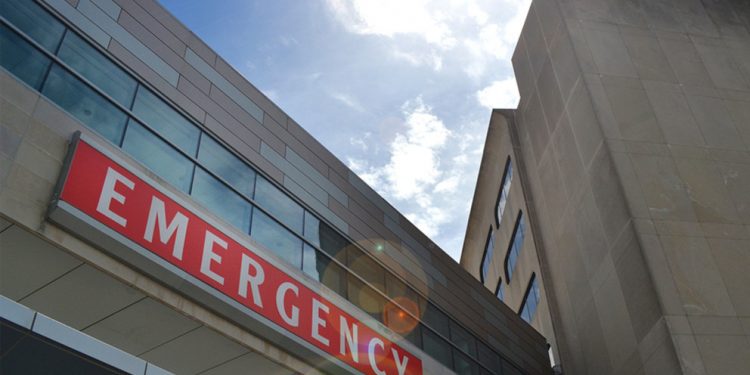HERSHEY, Pa. — Your son twists his ankle playing basketball with friends. Maybe your daughter has an earache that gets worse over the weekend. Walking your dog, a bug bites you and it starts swelling.
For children as young as 1 and adults, when non-life-threatening ailments need immediate attention, it is best to think urgent care clinic ? not a hospital emergency room.
“Urgent care is a good starting point, especially when you can’t see your primary care provider on the same day,’’ said Mary Dixon, a certified registered nurse practitioner at Penn State Health Carlisle Outpatient Center. “We can do an evaluation and provide treatment and, if necessary, refer patients to specialty services.’’
Major medical issues — time for the emergency room
In many cases, when it comes to a major medical issue, the old adage, “you know it when you see it’’ applies. Some examples of when you should head to the emergency room include:
- Chest pain, which could be a sign of a heart attack
- Severe abdominal pain and/or vomiting blood
- Trouble breathing
- Fevers above 102.5 degrees
- Major head injuries
- Potential stroke symptoms, such as a sudden change in mental status, weakness and difficulty speaking and thinking
- Overdoses
- Suicidal behavior
- Pregnancy complications
- Physical or sexual assaults or abuse
- Deep wounds or compound fractures, where a bone has pierced the skin
You need care, but it’s not critical — time for urgent care
“We deal with a lot of minor sprains and simple fractures — we can do an X-ray and stabilize a fracture with splinting,’’ Dixon said. “We may see a lot of slip and fall injuries in the winter, as well as colds and respiratory ailments. People also frequently come to us for insect bites, hives, ear pain, rashes, urinary tract symptoms and headaches.’’
As needed, Dixon said providers at urgent-care facilities write prescriptions ranging from antibiotics to topical creams. When questions arise, the staff consults with doctors as to the proper treatment.
Less wait — and less money
Heading to urgent care also saves people from long emergency room waits and will cost less with most insurance policies.
“Typically, in urgent care, we deal with one complaint, and we try to keep our visits to 15 minutes,’’ Dixon said, adding that a typical emergency room wait for a non-life-threatening problem can easily be an hour or more.
Also, most health insurance plans charge more out-of-pocket for emergency room visits instead of a visit to urgent care.
Additional urgent care services
Penn State Health Medical Group Urgent Care also provides physicals for:
- Driver’s licenses
- School sports
- General pre-employment health care assessments
Bottom line
Dixon stressed that urgent care and emergency rooms cannot replace a primary care physician. Especially for people with chronic conditions, such as diabetes or high blood pressure, seeing a doctor regularly is critical.
“Sometimes I think urgent care sounds a little misleading,’’ Dixon said. “Sometimes people associate that with an emergency, but urgent care is for convenient care for common issues that do not require in-depth evaluation.’’
Related content:
- The Medical Minute: You + your doctor = patient safety
- The Medical Minute: Planning ahead for a potential emergency department visit
The Medical Minute is a weekly health news feature produced by Penn State Health. Articles feature the expertise of faculty, physicians and staff, and are designed to offer timely, relevant health information of interest to a broad audience.




